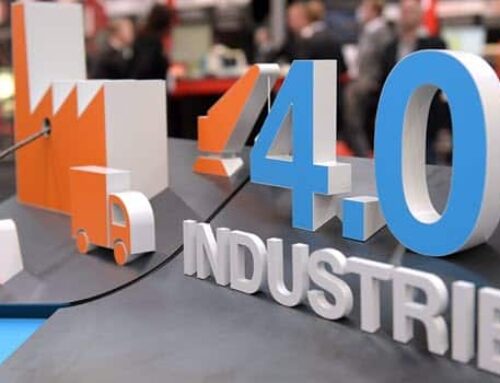
Work instructions are essential documents which, like everything else related to industrial activity, are undergoing major changes. It is therefore only logical that they too are concerned by dematerialization with the arrival of new information technologies in the industry.
There are still many paper work instructions left in industrial companies despite the technological progress and innovative solutions that are offered today.
This transition is not only in the natural order of things, as explained above, but it is also encouraged by the many benefits it brings:
- Increase in overall efficiency
- Cost reduction
- Reducing ecological impact
The transition to digital work instruction solutions will become mandatory for manufacturers who are looking for competitiveness…
Let’s look at these improvements made possible by dematerialized work instructions in more detail…
Paperless in the industry: a guarantee of efficiency
In addition to the economic aspect, the paperless industry also brings benefits in terms of efficiency. The digitization of the media makes it easier to update them. Thus, when work instructions need to be reviewed and modified, there is no need to rewrite and print everything, nor to chase down versions that are no longer current to ensure that they no longer circulate. The reduction in information entries, thanks to dematerialization, generates a gain in productivity and time that inevitably translates into an increase in the company’s performance. Just remember that an employee spends 15% of his working time reading the information and 50% looking for the information he needs. Well-Organized documentation is, therefore, the guarantee of optimized use of the working time of each employee.
In addition, dematerialized work instructions are easier for a newcomer to understand in a given position; instead of the traditional operating procedures, in printed format and largely made up of raw texts, he or she has interactive support, enriched with video explanations and visual elements with a higher didactic value. The risk of error is, therefore, lower and the probability of successful actions at the first stroke is higher.
Dematerialized work instructions to optimize costs
For a long time in companies, documents, including work instructions, were exclusively in paper format. This meant that there were blocks, manuals and thick binders to keep handy at all times, to file and consult, to obtain the information needed to perform specific tasks.

To preserve, archive and manage your documents, you obviously had to allocate a significant amount of space and budget to them. But today, the situation is very different thanks to the digitization of documentary media. Tens of thousands of pages now fit into a few CDs or, even better, virtual storage spaces. Dematerialized work instructions are associated with a significant reduction in costs, particularly with regard to document printing, which is becoming less and less necessary since everything can be consulted from the terminals made available to operators and technicians.
Picomto is the European leading digital work instructions software. Contact us to a get a personnalized demo.




Leave A Comment